
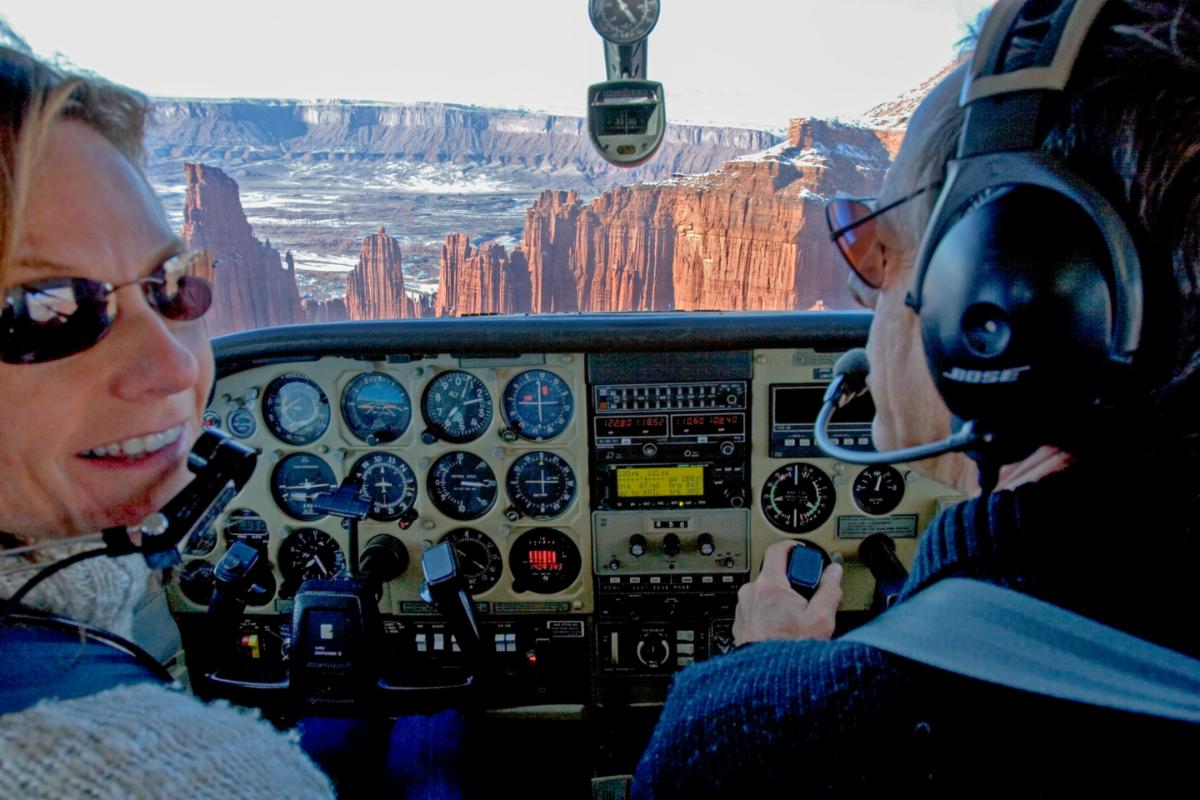
Below is a chronological selection of photos taken by EcoFlight during 2023 – the images include landscapes protected during the year, lands and watersheds deserving of protection, and showcases the incredible resilient nature of our planet.
These are just a fraction of our images of 2023. They offer a chance to reflect on some of our successes, enjoy the beauty of some of our favorite landscapes and watersheds, and to look at ongoing threats to our climate and landscapes.
2023 exceeded our wildest expectations. We flew over 1,000 passengers – diverse stakeholders making a difference for our environment. We received over 200 year end donations with notes of support reminding us why EcoFlight’s work is so important, providing critical flights for hopeful environmental outcomes, educating our leaders, and doing it in service of you, our wildlife, our wild lands and waters. And we are off to a great start, excited to start 2024 with overflights of our threatened Crystal River next week with press, elected officials, and Spanish speaking students from local high schools. Enjoy our photos and contact me anytime with questions about any of our flights.
Happy New Year!
Jane Pargiter, Executive Director and Co-Pilot on many of our flights
Click on a photo to learn about the flight mission or see more aerial shots.
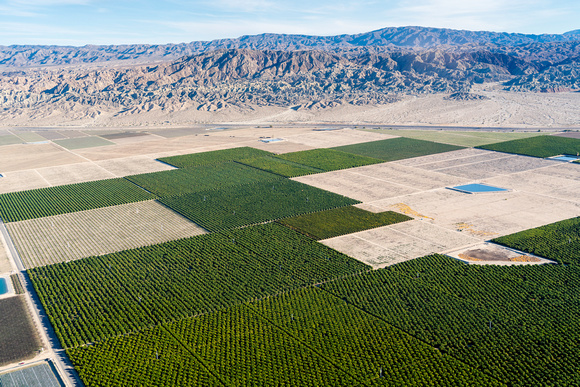
January: Irrigated agriculture dots the landscape outside of arid Thermal, California. The big-picture aerial perspective shows the stark contrast between irrigated-fertile lands and the surrounding desert landscape, informing our flight passengers of our reliance on a dwindling water supply.

February: The recently designated Baaj Nwaavjo I’tah Kukveni – Ancestral Footprints of the Grand Canyon National Monument provides protection for nearly 1 million acres surrounding the Grand Canyon. Flights over two decades with Tribal and US Forest Service leaders and our conservation partners helped bring this designation to fruition.

March: Oil and natural gas pads fragment the Permian Basin in West Texas. Energy use in the USA is expected to increase annually with fossil fuels currently meeting 70% of USA demand, with domestic energy sources driven in part by the desire to maintain energy security. Our flights demonstrate the significant loss in biodiversity and ecosystem fracturing as a result of these developments, and serve to highlight the resultant increase in global temperatures, evident from the air in the aridification of landscapes, larger hotter fires and compromised water sources.

April: The Palen Solar Project is a 450-megawatt photovoltaic facility on about 3,500 acres of BLM-managed land near Desert Center in the Chuckwalla Valley in Riverside County. There is a need for more energy in California, however, flights show it is important to site these where there is minimal impact to biodiverse public lands.

May: An aerial view of the Salton Sea, a landlocked body of water in Southern California that is drying up and exposing toxic lakebed material, endangering human health and critical habitat for migratory birds traveling on the Pacific flyway. Overflights have helped decision-makers on-board formalize a recent agreement that allocated $70 million to dust suppression and aquatic restoration at the Salton Sea.

June: We flew over the most diverse conifer forests in Western North America, the Siskiyou old-growth forests of Oregon, examining massive industrial logging proposals. The goal of our flights was to generate nation-wide support to protect old-growth forests during a public comment period, and just last month, the USDA announced a proposal to re-write all national forest management plans to conserve and steward old-growth forests and ancient carbon sinks!
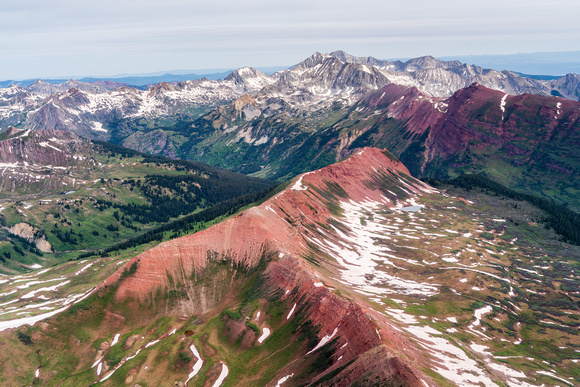
July: This is our backyard – the Maroon Bells Snowmass Wilderness, headwaters of the Crystal River, a vulnerable and threatened tributary to the Roaring Fork and Colorado Rivers. EcoFlight is part of the coalition working to protect this river and has done over 100 flights of the watershed.
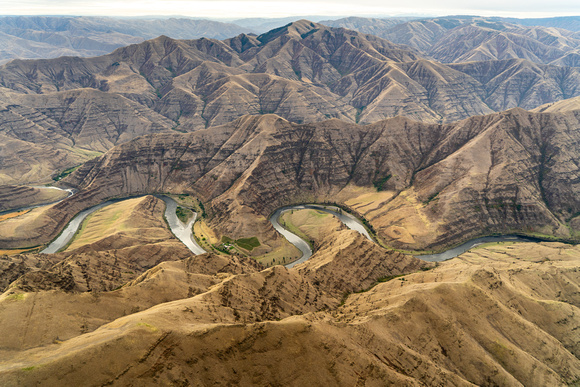
August: A coalition of fishing, environmental, and renewable energy groups reached an agreement with the Biden Administration, Oregon, Washington, and the Nez Perce, Yakama, Warm Springs, and Umatilla Tribes in December 2023 which acknowledges that scientific findings confirm that lower Snake River dam removal is necessary to restore abundant salmon and steelhead stocks in the Columbia Basin, and the Administration commits to a package of federal actions to prioritize salmon recovery.
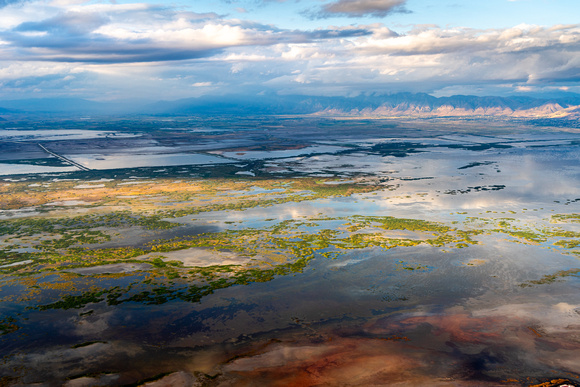
September: This year, thousands of migratory birds abandoned the Great Salt Lake as a waypoint along their migration journey due to the declining water levels and destabilizing environment. Our flights convened wildlife photographers, religious leaders, decisionmakers, and press to develop immediate solutions to this water, wildlife, and public health crisis, and to generate news publications to increase public awareness.
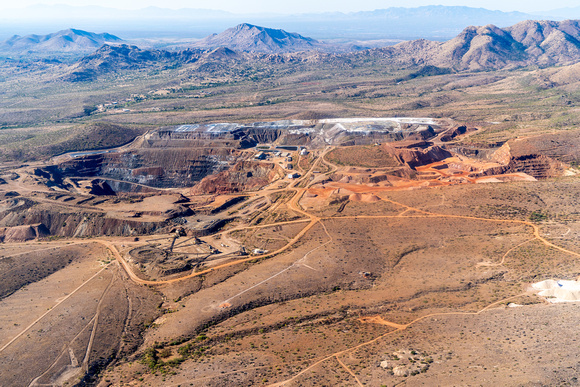
October: The closed Johnson Camp copper mine is located east of Tucson and began operations in 1881. The Canadian-based owner hopes to reopen the mine, a development that, along with hundreds of active and old mining sites in the region, pose massive risks to the area, threatening wildlife, aquifer water quality, and public lands in this global biodiversity hotspot.
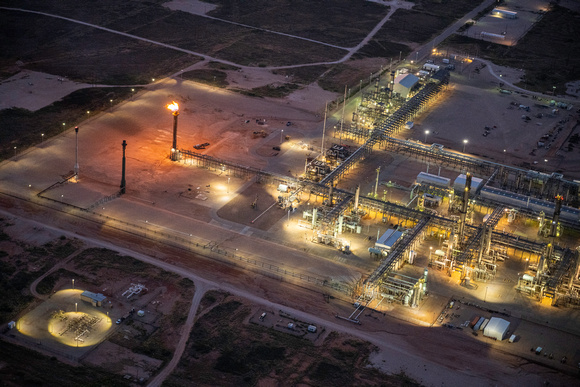
November: Atmospheric methane, which has 80 times the climate-warming power of carbon dioxide, is now 2.5 times more concentrated than pre-industrial levels. Overflights in the Dakotas and Texas surveyed the sprawling extent of methane flaring, a practice that releases methane directly into the atmosphere during oil and gas production. Flights work to implement new legislation to reduce excessive, voluntary methane flaring.
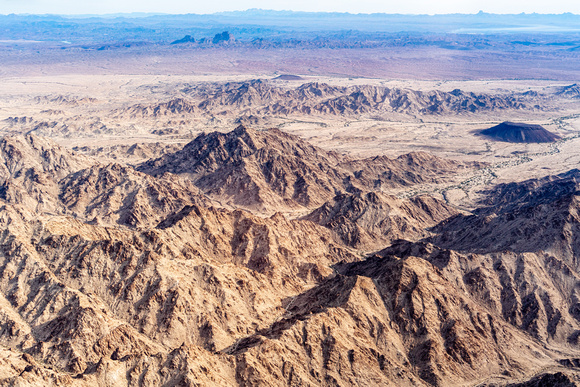
December: With the 29 Palms Band of Mission Indians, Colorado River Indian Tribes, conservation groups, and Latino recreation-access groups we flew the 660,000 acre proposed Chuckwalla National Monument outside of Joshua Tree National Park. If approved, this monument would preserve this largely untouched area of desert and its rich ecological biodiversity, as well as recreation access in this nature-deprived area.